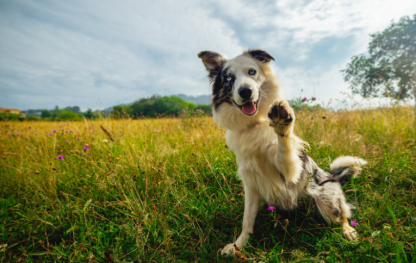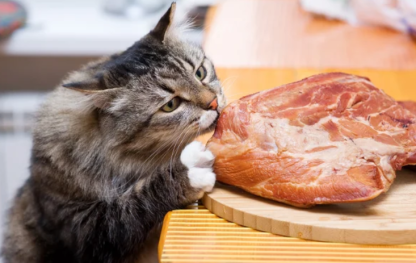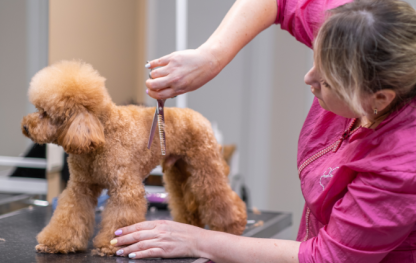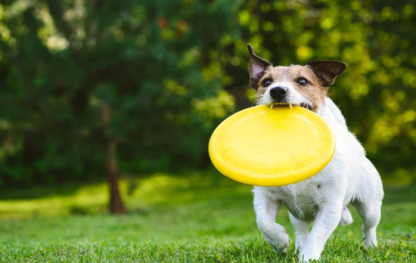The Benefits of Raw Diets for Cats
When it comes to feeding our feline companions, more cat owners are turning away from processed kibble and canned food in favor of something a little closer to nature: raw diets. Based on the idea that cats, as obligate carnivores, thrive on a diet similar to what their wild ancestors ate, raw feeding focuses on fresh, uncooked meat, bones, and organs.
Although raw feeding has sparked debate among veterinarians and pet owners alike, many who’ve made the switch swear by the results—reporting shinier coats, better energy, and fewer digestive issues. So, what exactly are the benefits of raw diets for cats? And is it the right choice for your furry friend?

1. Supports Natural Physiology
Cats are built to eat meat—only meat. Their short digestive tracts, sharp teeth, and powerful stomach acids are optimized for raw animal proteins. A raw diet mimics the nutritional profile of what a cat would eat in the wild: muscle meat for protein, organs for vitamins and minerals, and raw bones for calcium.
This species-appropriate nutrition may support overall health more effectively than highly processed commercial foods that often include grains, fillers, or artificial additives.
2. Improved Digestion and Litter Box Benefits
One of the first things raw-feeding cat owners notice is a change in their pet’s digestion. Because raw food is easier for cats to digest and contains no unnecessary carbohydrates, many cats produce smaller, firmer, and less smelly stools.
Cats on raw diets may also experience fewer gastrointestinal upsets, such as vomiting or diarrhea, particularly if they’ve had sensitivities to commercial foods in the past.
3. Healthier Skin and a Shinier Coat
A raw diet is rich in essential fatty acids, especially omega-3s, which are crucial for maintaining healthy skin and a glossy coat. Many raw-fed cats develop visibly softer, shinier fur within weeks of transitioning.
These nutrients also support skin hydration, reduce shedding, and may alleviate skin allergies or dryness that can be exacerbated by processed foods.

4. Better Dental Health
Chewing raw meat and bones provides natural teeth cleaning, scraping away plaque and tartar while stimulating gums. Unlike soft kibble or wet food, raw meaty bones encourage proper jaw use and help maintain oral hygiene without the need for frequent brushing or dental treats.
Of course, care must be taken to choose safe, size-appropriate bones that don’t splinter.
5. Weight Management and Lean Muscle Mass
Cats eating a raw diet typically consume more protein and fewer carbs, which supports a healthy metabolism and lean body composition. This makes raw diets particularly beneficial for overweight cats or those prone to diabetes.
By offering controlled portions of nutrient-dense food, cat owners can better manage weight while keeping their pet satisfied and energized.
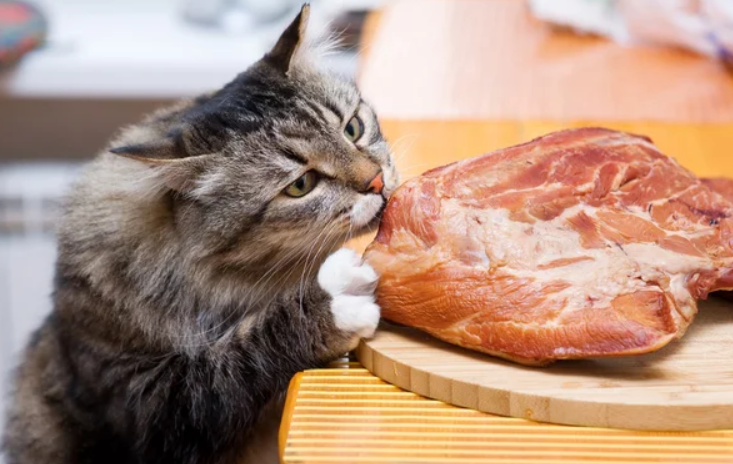
Final Thoughts
Raw feeding isn’t a one-size-fits-all solution, and it does come with responsibilities—like ensuring proper food safety, sourcing quality ingredients, and balancing nutrients. But for many cat owners, the benefits are worth the effort.
If you’re considering a raw diet for your cat, consult with a veterinarian or feline nutritionist to ensure it meets all of your cat’s dietary needs. With the right approach, a raw diet can be a powerful way to support your cat’s vitality, longevity, and natural instincts.
